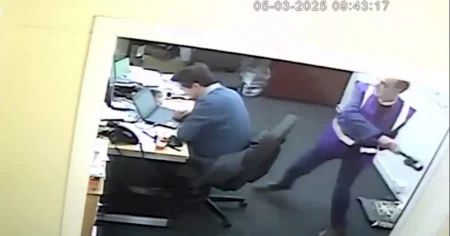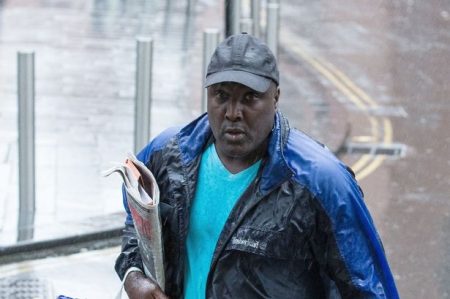The tragic case of Sara Sharif highlights the devastating consequences of child abuse and the profound failures of systems designed to protect vulnerable children. Sara, a ten-year-old girl, was subjected to a horrific campaign of abuse at the hands of her stepmother, Beinash Batool, culminating in her untimely death. Batool’s chilling two-word response—”No comment”—when questioned about her feelings towards Sara, underscores the profound lack of empathy and the disturbing indifference that characterized her relationship with the young girl. This case exposes a complex web of factors that contributed to Sara’s suffering, including familial dysfunction, systemic inadequacies, and societal indifference to the plight of children at risk.
Sara’s life was marked by instability and a lack of consistent care. Her biological mother was largely absent from her life, and her father, Urfan Sharif, entered into a new relationship with Beinash Batool. The dynamics within this blended family appear to have been fraught with conflict and tension, creating an environment where Sara became increasingly vulnerable. Batool’s hostility towards Sara escalated over time, manifesting in physical and emotional abuse. The young girl endured regular beatings, often severe enough to leave visible marks and injuries. This pattern of escalating abuse suggests a systematic breakdown within the family unit, where Sara’s well-being was neglected and her cries for help went unanswered.
The failure of child protection services to intervene effectively further compounded Sara’s vulnerability. Despite numerous reports of concerning incidents and observations by teachers and social workers, Sara remained in a dangerous environment. While authorities had engaged with the family on multiple occasions, their interventions appear to have been insufficient to protect Sara from the escalating abuse. This tragic outcome raises critical questions about the efficacy of child protection protocols and the adequacy of resources allocated to these vital services. It also underscores the complex challenges involved in assessing risk and intervening in families where abuse is concealed or minimized.
The investigation into Sara’s death revealed a disturbing pattern of physical abuse and neglect. Post-mortem examinations revealed the extent of the injuries Sara had sustained, providing a chilling testament to the brutal treatment she endured. The injuries, many of which were inflicted in the days and weeks leading up to her death, painted a picture of sustained and escalating violence. The severity of these injuries underscores the urgent need for improved mechanisms to identify and intervene in cases of child abuse, particularly where there are multiple reports and escalating concerns.
Beyond the immediate family and child protection agencies, the wider community also bears some responsibility for failing to recognize and respond to the signs of Sara’s suffering. Neighbors, teachers, and other community members who interacted with Sara had opportunities to observe and report the concerning changes in her behavior and physical appearance. While some individuals did raise concerns, the collective failure to act decisively contributed to the tragic outcome. This case highlights the crucial role that communities play in safeguarding the well-being of children and the importance of fostering a culture of vigilance and intervention.
Sara’s story serves as a stark reminder of the urgent need for systemic change and societal awareness in addressing the pervasive issue of child abuse. Her tragic death demands a thorough review of child protection procedures, increased resources for support services, and a greater emphasis on community education and awareness. It is crucial to learn from this case and implement measures to ensure that no other child suffers the same fate. Only through a concerted effort involving families, communities, and government agencies can we hope to create a safer environment for all children and prevent future tragedies like Sara’s. Her case should serve as a catalyst for meaningful change and a constant reminder of the shared responsibility we all bear in protecting vulnerable children.














